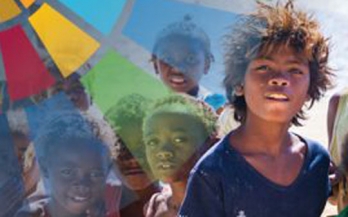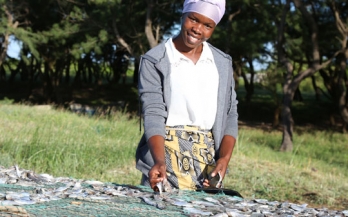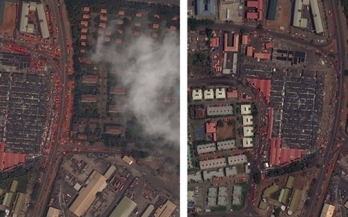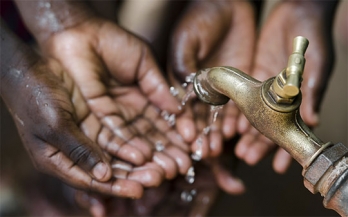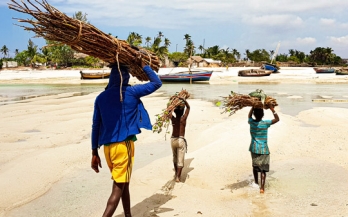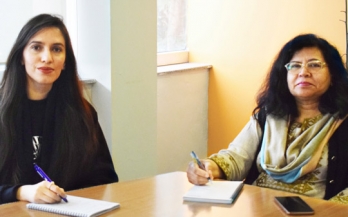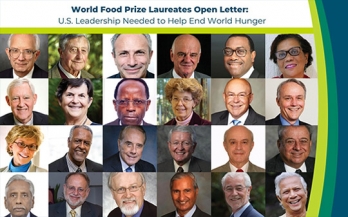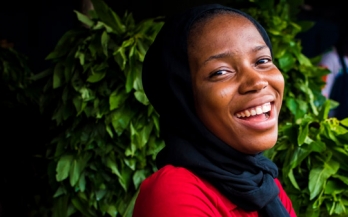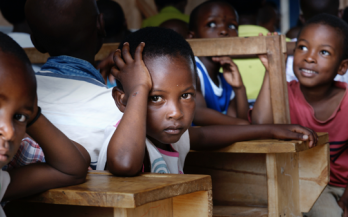At the national level, Mozambique joins over 125 countries that have embarked on coordinating efforts for inclusive, multistakeholder Food Systems Summit Dialogues to engage around the vision of the "people’s summit".
The number of people who go to bed hungry was rising steadily prior to the COVID-19 pandemic due to stresses related to climate, inequality and conflict, and now stands at 690 million. The pandemic has supercharged these trends. The latest UN estimates are sobering, with an additional 130 million projected to be suffering from hunger, even before the devastating pandemic numbers we are currently seeing from India and Brazil.
Dubbed a "Peoples Summit", it is open to unprecedented engagement in every country, from every sector, and every constituency. It is also dubbed a "Solutions Summit" with a focus on action. I lead one of the five thematic areas or "Action Tracks" (ATs) on "Ensuring access to safe and nutritious foods for all". There are four other ATs, a Science Group, a Champions Group, 4 cross-cutting Levers and the over 100 Summit Dialogues to date.
In the nine countries where GAIN works, lockdowns and border closures to mitigate the spread of the virus and the concurrent economic impact could greatly increase hunger. In some places, restrictions in movements and lay-offs would mean reduced accessibility to fresh produce and nutrient-rich animal-sourced foods, resulting in millions of people having to resort to less nutritious foods.
Water is often described as a precious commodity, but it is so much more than that. It enables and sustains life. In households, schools and workplaces. Water can mean health, hygiene, dignity and productivity. In cultural, religious and spiritual places, water can mean a connection with creation, community and oneself. In natural spaces, water can mean peace, harmony and preservation.
According to the Cost of Hunger in Africa (2017), Mozambique loses approximately 10.9% of its annual GDP (1.6 billion Dollars) due to chronic malnutrition. It is therefore urgent that all sectors converge and identify solutions to mitigate the negative impacts of malnutrition.
We girls wore different clothes to the boys, I was sent to a girls’ school while my brother was sent to a boys’ schools. Although I did not like it, I was told this is the way the world was, and girls and boys have to go to separate institutions.
When I was a young woman commuting for work on public transport, I faced daily sexual harassment.
Until every child in the world goes to bed nourished properly, we cannot rest. Our food systems are moving us in the wrong directions: hunger levels are rising, undernutrition levels are at severe risk of rising, obesity is increasing, we are off track to meet climate targets, biodiversity is being squandered, not enough decent jobs are being created and community resilience is being undermined.
I love academic papers that use evidence to try and shift stubborn policy perspectives, especially when those policy perspectives seem to be holding back development and hunger reduction. So, it is no surprise that I like the recent paper by Liverpool-Tasie et al. (2020) on persistent myths that are held about African food supply chains.
The calendar is about to turn the page over to a new year and that new year brings hope for a world currently gripped by a pandemic that has wreaked havoc for months. COVID-19 has made 2020 the year we wish we could forget but never will. With the roll-out of
vaccines, the end of the pandemic and its related global disruptions seem to be in sight. But not everyone will be able to breathe a sigh of relief.


